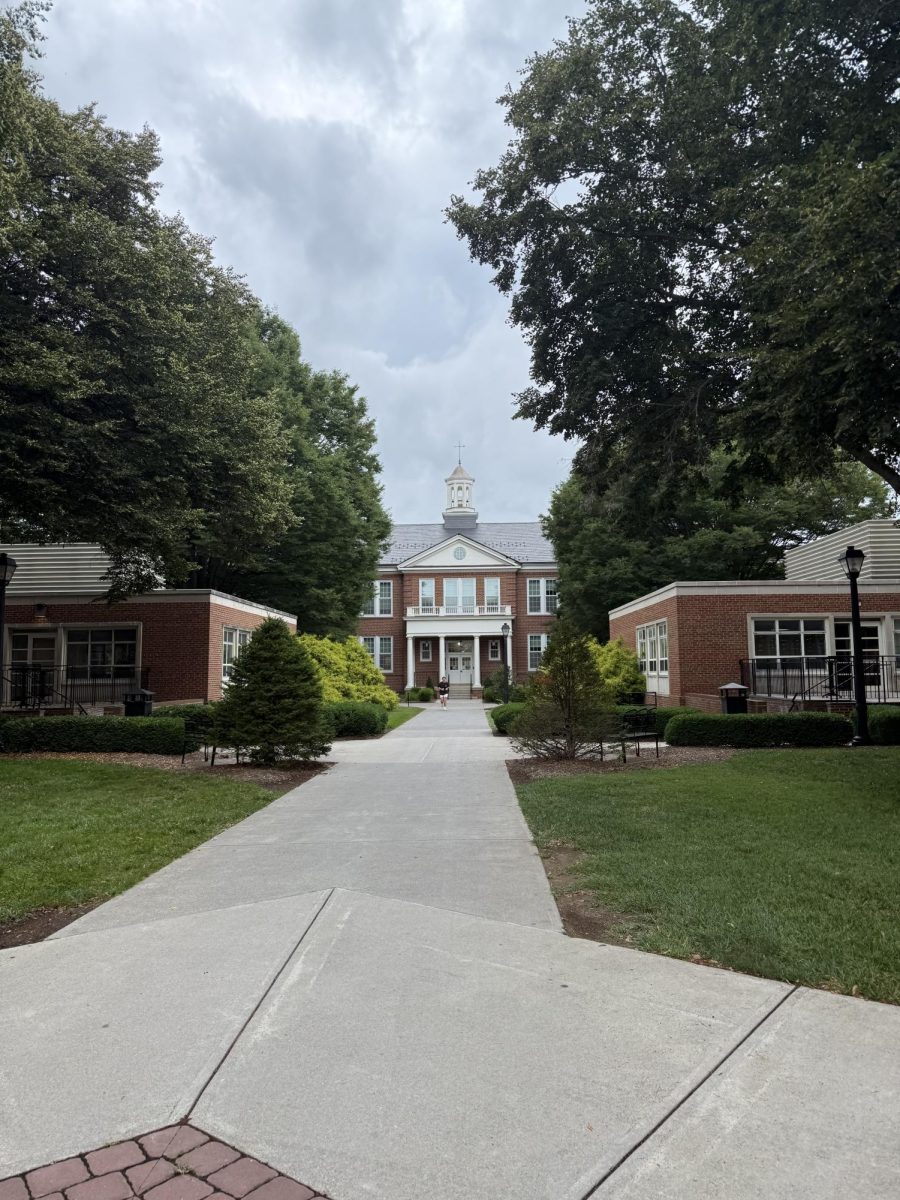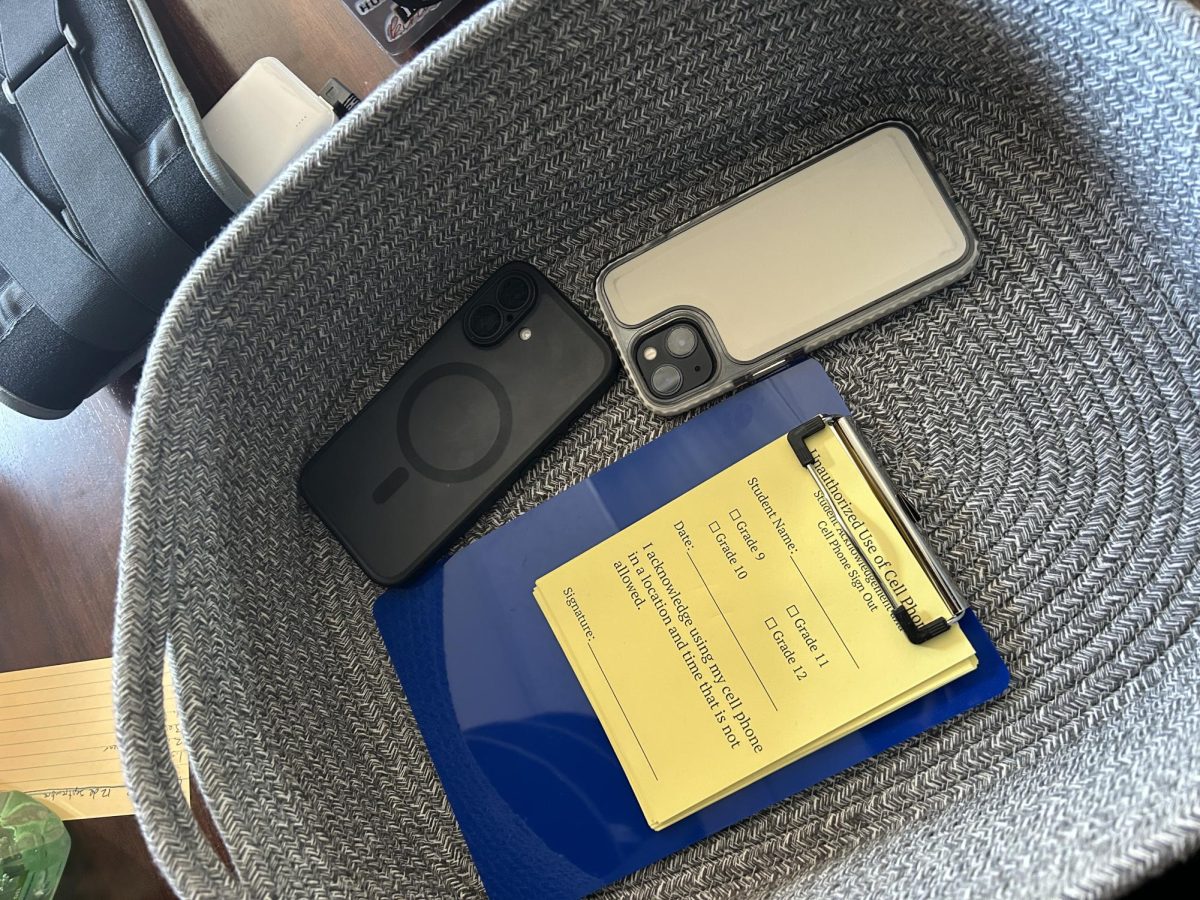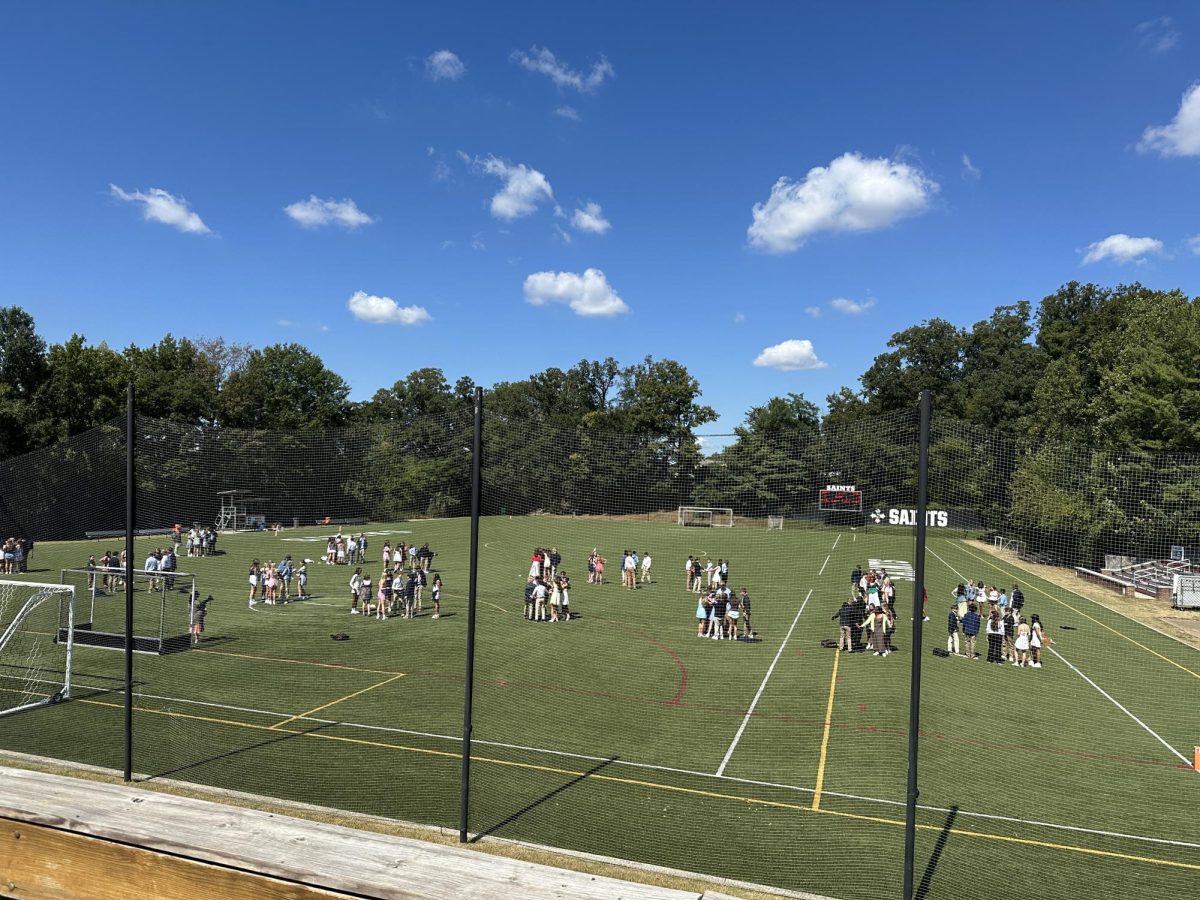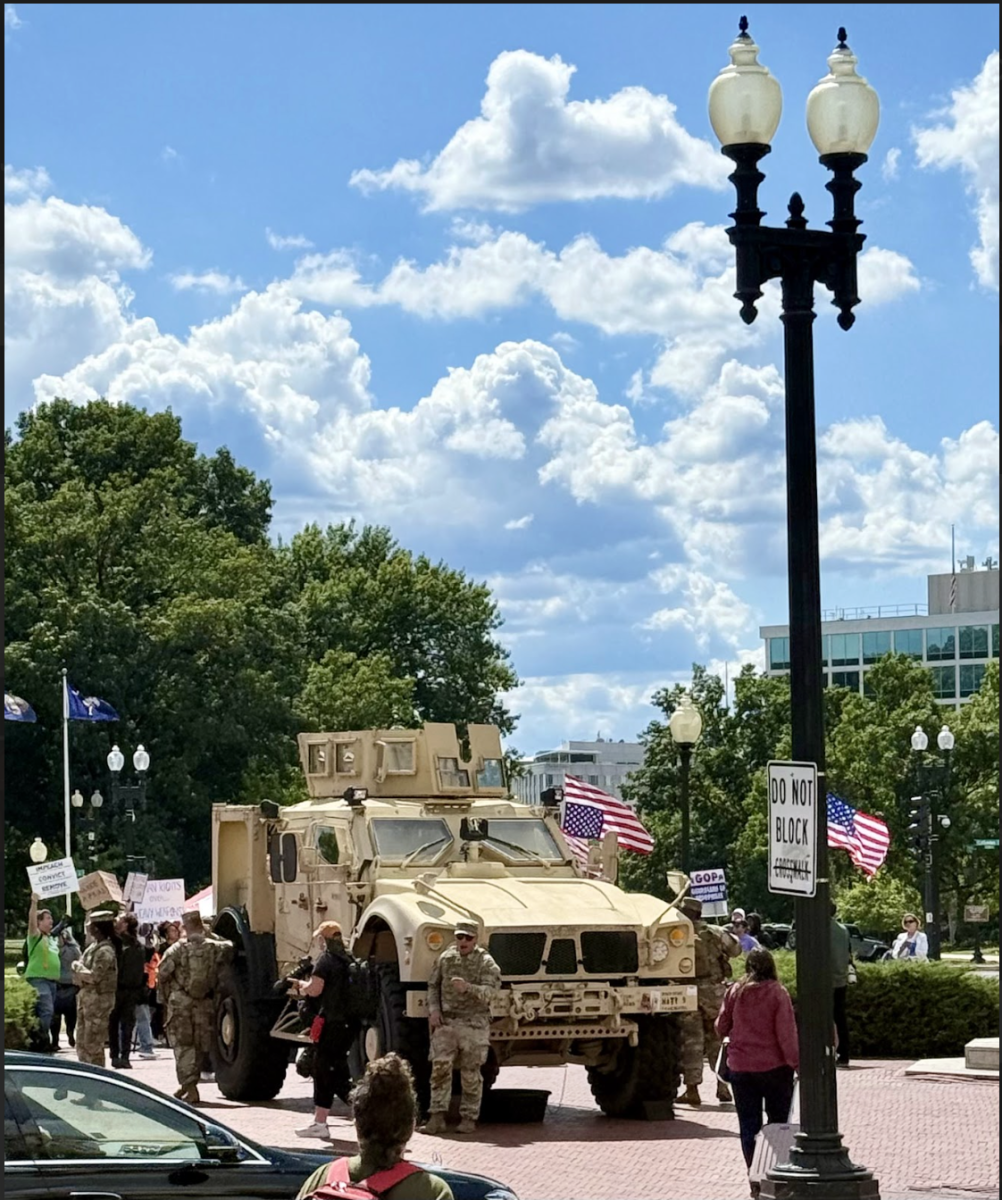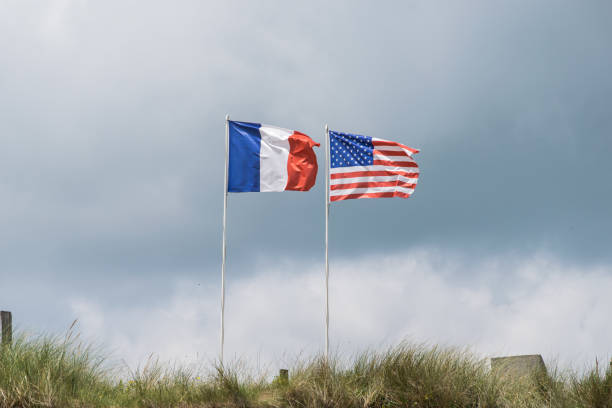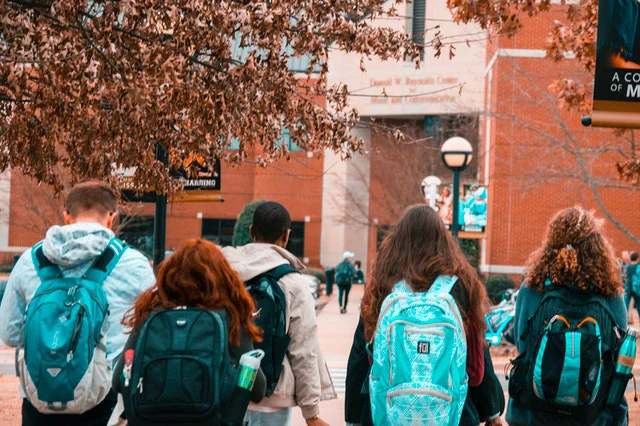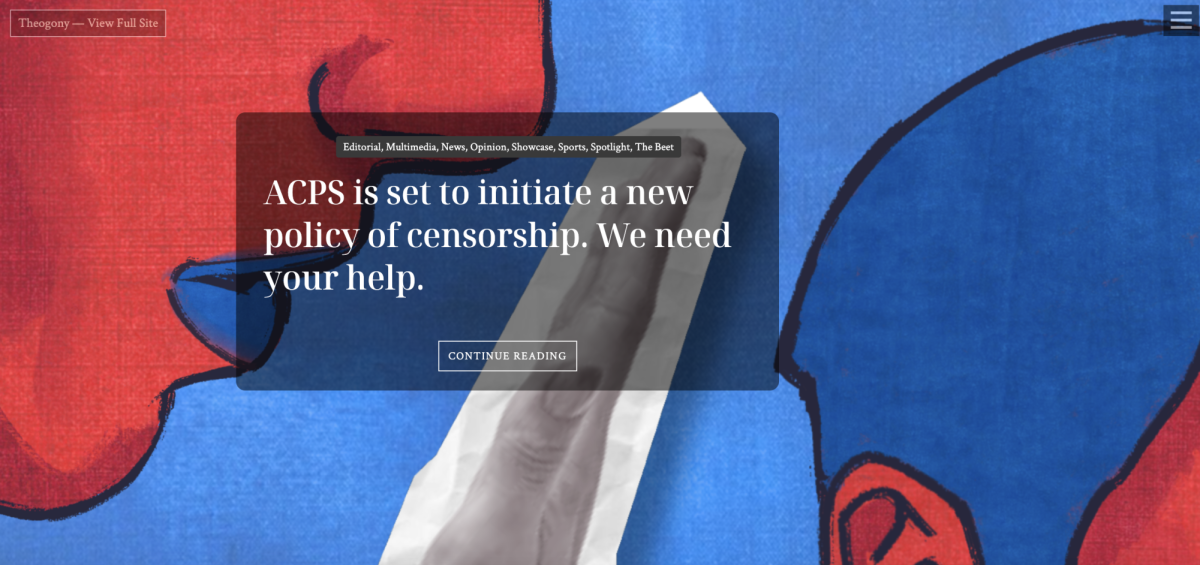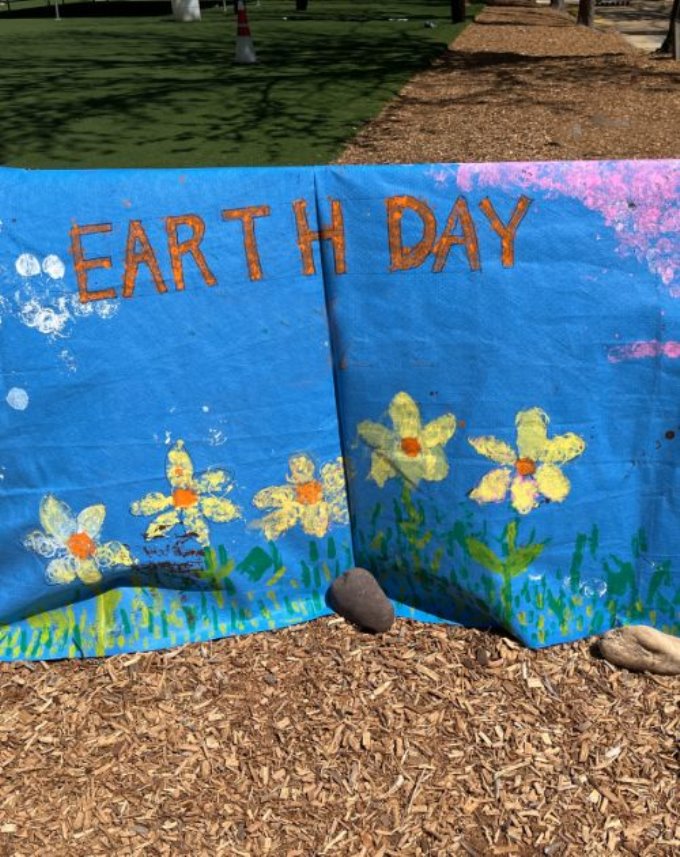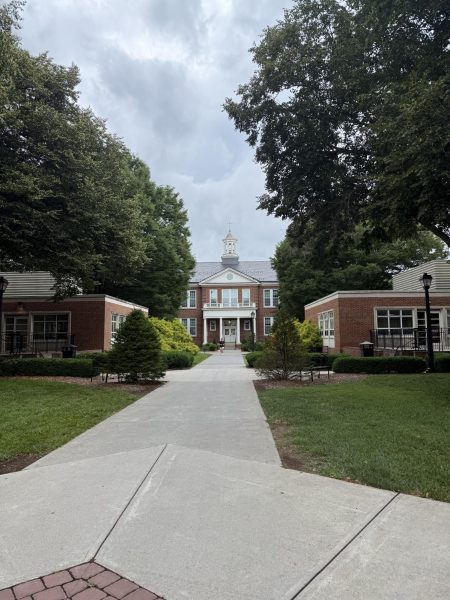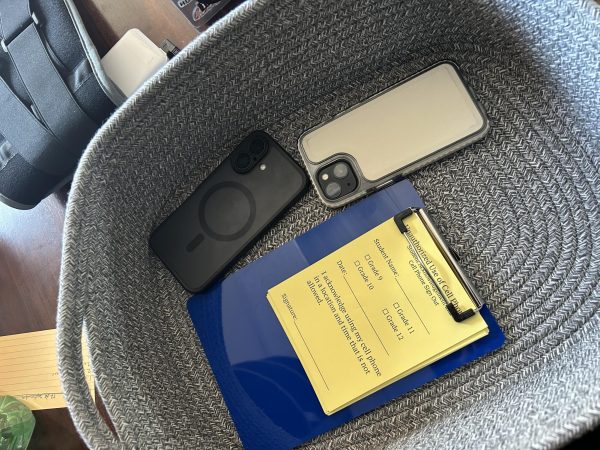Go Green or Go Home: What is SSSAS Doing to Protect the Environment?
As June approaches, the much anticipated renovations on the school are coming in hot! While this is exciting for much of our community, it was brought to my attention that the courtyard, where a family of turtles live, will be destroyed. On a quest to discover where the turtles would be relocated, I ended up in a spiral of eco-news inside and beyond our community.
I interviewed an anonymous faculty member who was able to provide me with some insight regarding how SSSAS handles current environmental issues. They first started by telling me about Brian Kane, our ex-environmental steward for the whole school. He left a few years ago and hasn’t been replaced since. So instead of having an overall environmental steward of the school, each campus has an “environmental steward” which is really just a faculty member wearing another hat. All of those faculty members are volunteers on their respective campuses without any real authority. Without an official environmental steward in an administrative position, there is no representative sitting in on meetings making environmental change.
Another concern of this faculty member is that the school is not prioritizing environmental issues or more specifically the education surrounding them. For example, the lack of waste being sorted. While I can agree that waste management is tricky if not everyone involved participates properly, according to this faculty member the amount of recycling and compost that actually gets recycled and composted is about 9%… since 1990. This statistic is especially concerning because we have bins for all three just for them to be mixed together. Of course this is an issue of education and priority; students are unaware/don’t care about properly disposing of their waste. Perhaps this is because they are uninformed. Uninformed about how much they can make a difference in their environment? Uninformed about the current environmental crisis? Who knows why, but the lack of information will be detrimental to our planet if we don’t act now.
I did some research of my own on this topic by viewing the SSSAS Environmental Stewardship page(accessible from the school website). Part of the mission statement on this page reads, “Saints strive to reduce their impact on the planet in their daily lives as well as through their long-term goals.” While I appreciate the sentiment, I can’t agree with this statement. From what I have observed from my peers, their impact on our planet is the least of their concerns. So why, as a student or faculty member, should we care? Why do all these little things matter? The earth is facing a climate crisis and needs all the help it can get; change, of course, starts with us.
Greenhouse gasses absorb energy, blocking heat to leave our atmosphere into space. This is a natural process but there has been a build up because of human impact which is changing our climate and warming our planet because heat cannot escape our atmosphere. The effect of this is the production of more greenhouse gasses which will exponentially increase the rate of climate change, the melting of icebergs which is destroying ecosystems and rising sea levels, and can also directly affect human health because of the worsening air and water quality. These are proven facts from The United States Environmental Protection Agency. The average climate is rising which is not sustainable for our planet and change must be driven by our generation.
I spoke with Mrs. Adams, Head of School, and Mr. Mallett, Director of the Upper School, to gauge a sense of what the school is doing to help with these issues. They informed me that the Lower School is continuing to focus their efforts on the composting program. Hopefully, raising a generation of students that will be committed to taking care of our planet. Also, with the renovations coming up, they told me about new window panes that will be installed. They will help maximize natural light and heat cutting down on artificial light and heating. I also reached out to Lizzie Callahan, our Chief Operating Officer, who shared the school’s official environmental initiative regarding the renovations. I’ve pasted it here:
The Applicant desires to be more carbon conscience(sic) and have chosen a design that integrates numerous sustainable features aimed at optimizing the building’s energy performance over time. The most notable feature is the 3,306 square foot green roof, which will sit above the new science and art wing in the northwest corner of the project site. Rooftop greening is (a) sustainable design feature that helps mitigate stormwater runoff through native vegetation situated at the roof level. Green roofs are also well documented for their ability to mitigate the urban heat island effect by cooling the atmosphere through a process known as evapotranspiration – by which water is transferred from the land to the atmosphere by evaporation from the soil and other surfaces. The added insulation provided by the green roof will also reduce building energy demand during winter months.
Along with these plans for renovation, Mrs. Adams and Mr. Mallett shared with me some easy ways for students to help lower our carbon footprint: composting, carpooling, veering away from throw away culture(fast-fashion, over consumerism), and simply turning off the lights when you leave a room.
So what else can we do? As a school community, the faculty member I spoke to suggested we start with an environmental steward and go from there. On an individual level, it’s okay to start small. Start with learning the ins-and outs of your carbon footprint and go from there. There’s no time like the present and any change, big or small, can make a difference for our planet. Remember, “the planet’s in charge” and it’s time to start acting like it.
